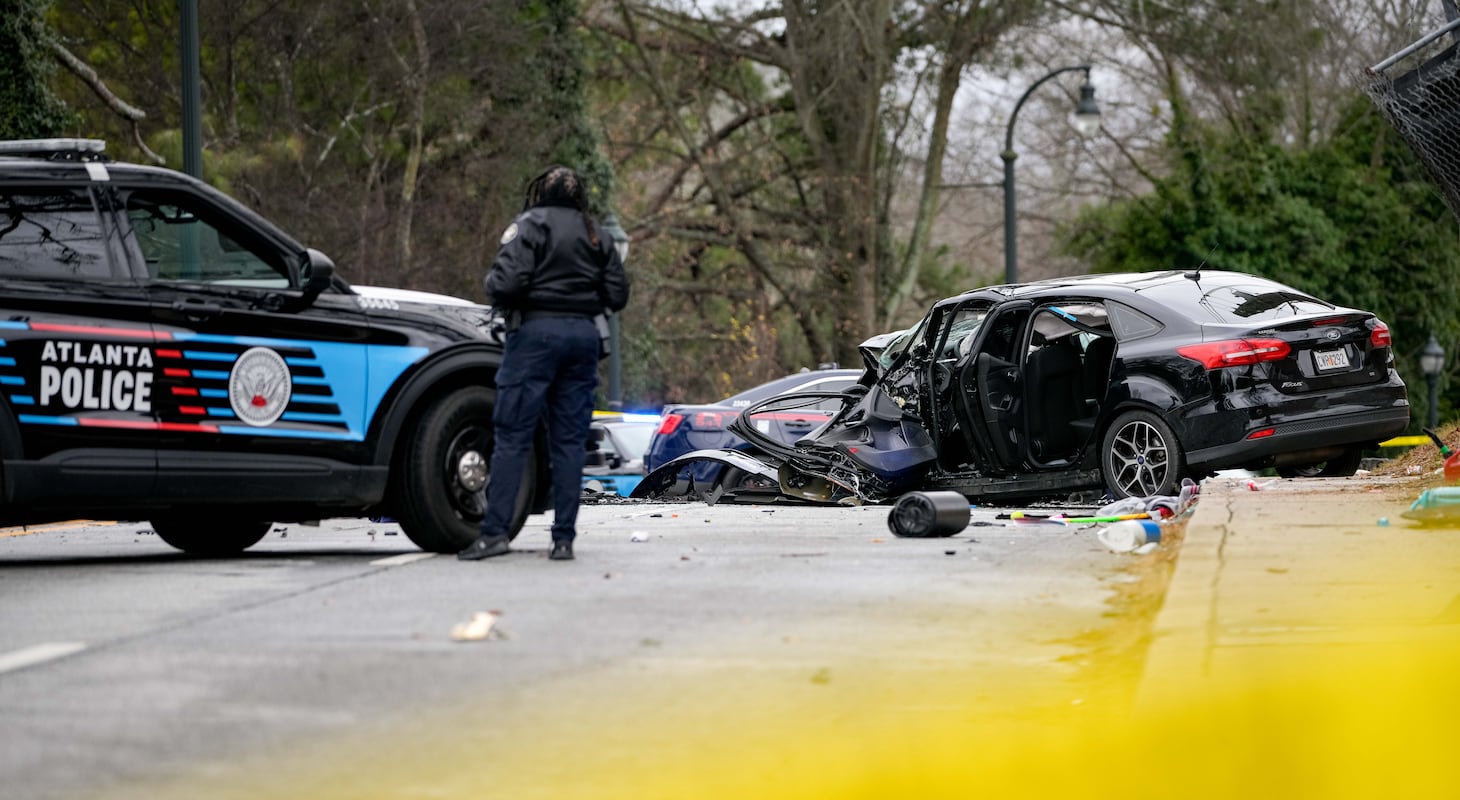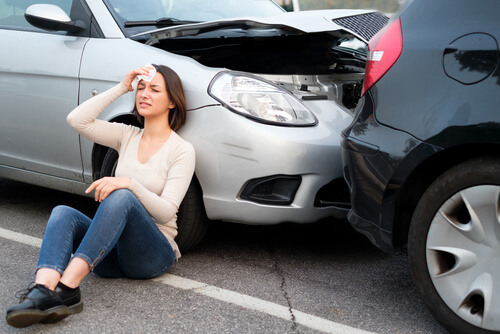Car crashes are an unfortunate reality of life on the road. While some are minor fender-benders, others can be life-changing. Understanding the most common types of car accidents can help drivers stay alert and potentially avoid dangerous situations. Here’s a breakdown of the most frequent types of collisions and tips to reduce your risk.
 1. Rear-End Collisions
1. Rear-End Collisions
What Happens: One vehicle crashes into the back of another.
Why It Happens: Tailgating, distracted driving, sudden stops.
Prevention Tips:
- Always maintain a safe following distance.
- Pay attention to traffic flow and brake lights ahead.
- Avoid distractions like texting or eating while driving.
2. Side-Impact Collisions (T-Bone Crashes)
What Happens: One vehicle strikes the side of another, often at intersections.
Why It Happens: Running red lights, failing to yield, misjudging traffic.
Prevention Tips:
- Look both ways at intersections, even on green lights.
- Slow down when approaching any intersection.
- Be extra cautious when turning left across traffic.
3. Head-On Collisions
What Happens: Two vehicles crash front-to-front, often at high speed.
Why It Happens: Wrong-way driving, drowsy or impaired driving, overtaking on two-lane roads.
Prevention Tips:
- Stay alert and in your lane, especially on rural roads.
- Never pass on curves or hills where visibility is low.
- Avoid driving when fatigued or under the influence.
4. Sideswipe Collisions
What Happens: Two vehicles traveling in the same or opposite direction scrape sides.
Why It Happens: Unsafe lane changes, not checking blind spots.
Prevention Tips:
- Always check mirrors and blind spots before changing lanes.
- Use turn signals.
- Stay in your lane and avoid distractions.
5. Single-Vehicle Accidents
What Happens: A car hits an object, animal, or goes off-road without involving another car.
Why It Happens: Speeding, poor weather conditions, loss of control, falling asleep at the wheel.
Prevention Tips:
- Drive according to weather and road conditions.
- Avoid distractions and fatigue.
- Don’t speed—especially on unfamiliar roads.
6. Parking Lot Accidents
What Happens: Low-speed collisions, often involving backing up or poor visibility.
Why It Happens: Inattention, limited visibility, tight spaces.
Prevention Tips:
- Back into parking spots when possible for better visibility when exiting.
- Drive slowly and carefully in lots.
- Use your mirrors and backup camera if equipped.
But… like always to reduce the likelihood of crashing you should take as many driving lessons as possible. One-on-one classes are one of the best ways to improve your driving skills and to make sure you reduce you chance of crashing!



:max_bytes(150000):strip_icc():format(jpeg)/Tom-Welling-012825-166903f520e246c3b6911c88fdf0bcb6.jpg)

